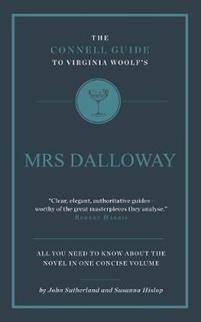Beskrivelse
It is hard to find anyone nowadays who will dare venture a bad word on Mrs Dalloway: its status as a pioneer feminist text and a brilliantly experimental work is wholly secure. At the time of its publication, however, opinions were more mixed. It was hard in the mid-1920s to come to terms with what, for many, seemed a vexatiously new-fangled work. The reading public was not yet ready for the challenge of what came to be called «stream of consciousness» narrative, or the inner richness of a novel whose main event, a superficial reading might suggest, is an upper-class Conservative politician’s wife’s purchase of flowers for a summer party. This, recall, in the immediate aftermath of a conflict, the First World War, which had shaken the whole of Europe to its foundations. Before, during, and after writing Mrs Dalloway Woolf teetered on the edge of mental breakdown, and more than once fell into its awful depths. And on the edge of the main plot of Mrs Dalloway, and its heroine’s outwardly serene existence, she places Septimus Smith – a shell-shocked survivor of the Great War who finds peacetime too terrible to continue living in. Mrs Dalloway is a novel which provokes thought about the fraught nature of genius, literary modernism, the ambiguous place of women in English society and literature, the infinite complexities of sexual relationships, and even the worthwhileness of life itself. This book seeks to explore all this and to show that reading Mrs Dalloway can be one of the most rewarding experiences English fiction has to offer.




